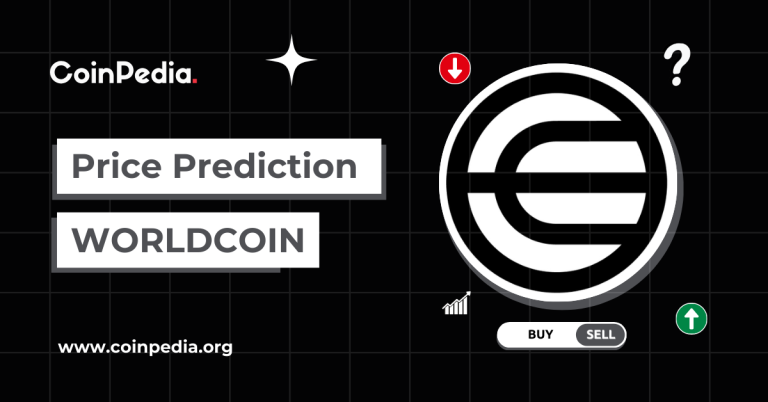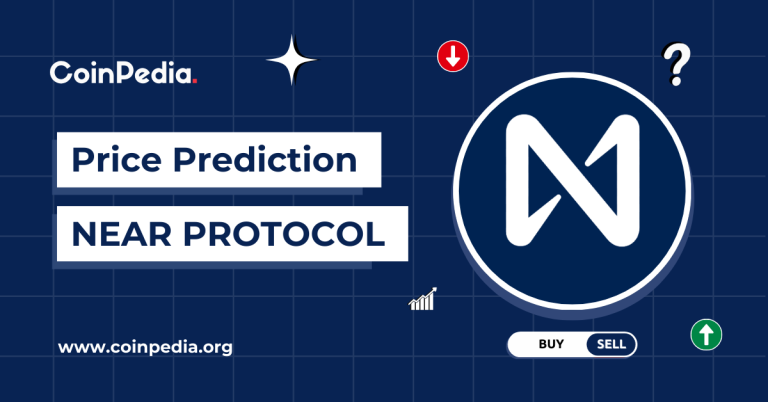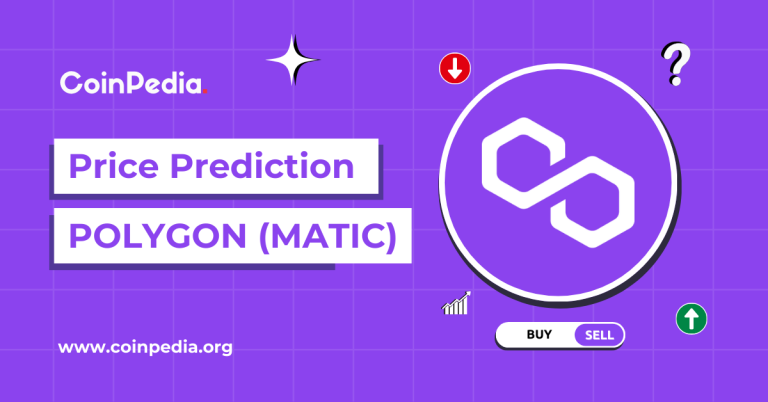
Ethereum, one of the most prominent players in the blockchain space, has achieved a monumental milestone by reaching a 60 million block gas limit, signaling a dynamic shift for its network capacity. This marks a 2x rise compared to the previous year and offers significant implications for developers, validators, and blockchain users alike.
Why the 60 Million Block Gas Limit Matters
The raising of the gas limit is a clear indicator of Ethereum’s readiness to process higher volumes of transactions. Validators have rapidly shown support for this newer limit, leaving behind the older ≤45M block range. This accomplishment comes after months of demand from the crypto community to increase network capacity, ensuring Ethereum’s robustness in handling the growing number of transactions and contracts deployed on it. But beyond this increase, Ethereum founder Vitalik Buterin hints at even greater expansion on the horizon.
What’s Next for Ethereum Scaling?
In a statement, Vitalik Buterin emphasized that Ethereum’s growth will be more “targeted” moving forward. While further gas limit increases are expected (potentially up to 5x), certain operations on the blockchain that are less efficient will become more expensive. This is a deliberate move to optimize resource allocation and ensure smooth network functionality under heavy loads.
This strategy ensures Ethereum scales sustainably. For example, storage-heavy or computationally intensive contracts will bear higher costs. The aim is to motivate developers to write cleaner and more efficient code, preventing network congestion and maintaining Ethereum’s operational integrity amidst increasing demand.
Implications for Validators and Developers
For validators, staying updated with network changes is imperative. The increased gas limits, coupled with higher resource demands, require more robust hardware and tools to keep up. Meanwhile, developers must adapt their smart contracts to be more efficient, avoiding unnecessary computation or storage to minimize costs.
Preparing for Ethereum’s Future
Ethereum is evolving beyond simple capacity upgrades. As it enters a phase focused on smarter scaling and resource optimization, the network sets the foundation for long-term resilience. Tools like benchmarking systems and enhanced client coordination are playing key roles in this transition.
It’s a pivotal time for Ethereum enthusiasts, developers, and investors to align with the network’s vision of sustainable growth. For those exploring opportunities in Ethereum, keeping an eye on its technological advancements and future upgrades is vital.
Recommended Tool for Blockchain Developers
As Ethereum transforms, tools like the Remix IDE can help developers write and optimize smart contracts efficiently. With its user-friendly interface and powerful debugging tools, it’s an excellent resource for coding on the Ethereum blockchain. Explore more here.
Stay updated on Ethereum’s developments to ensure you’re leveraging its full potential.



